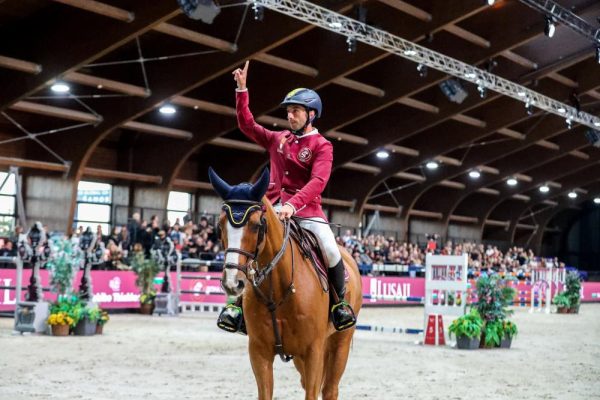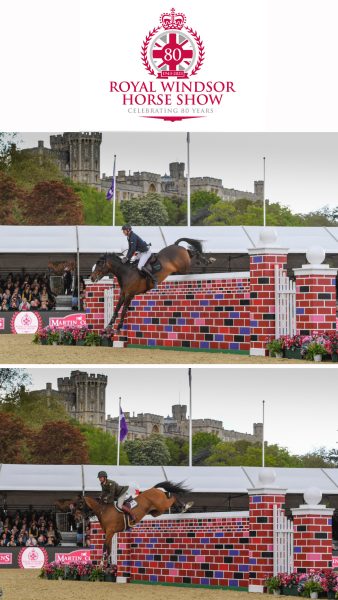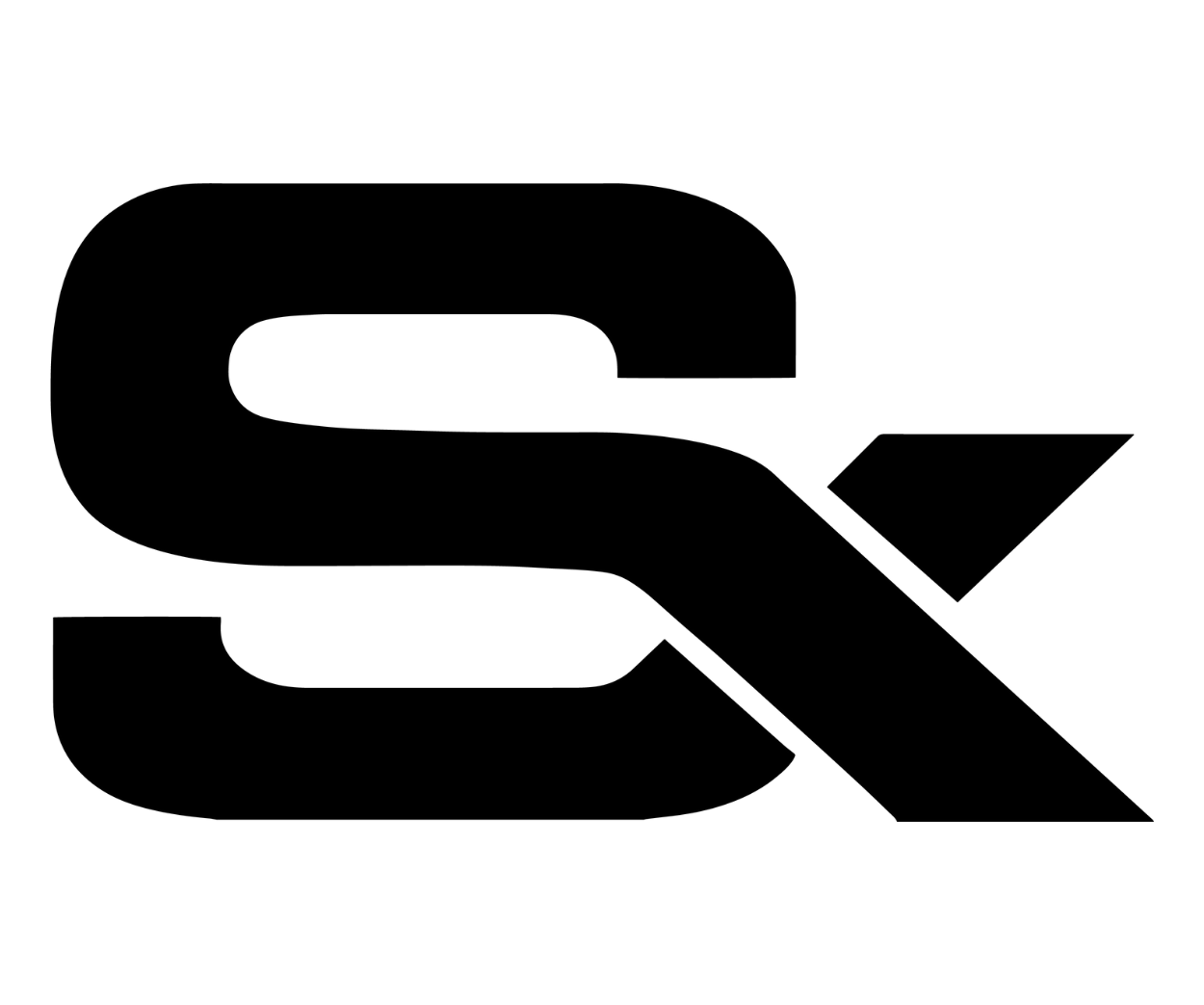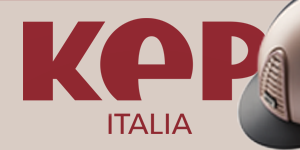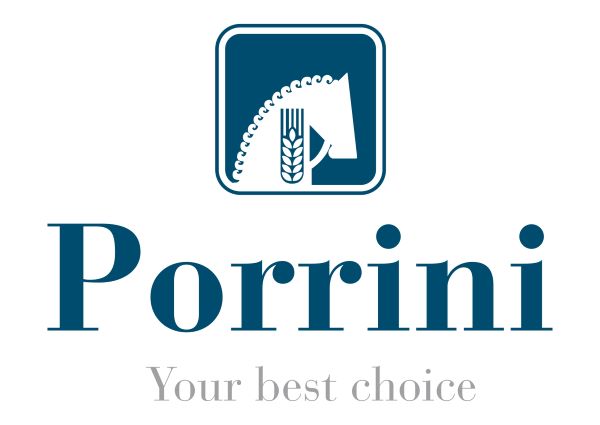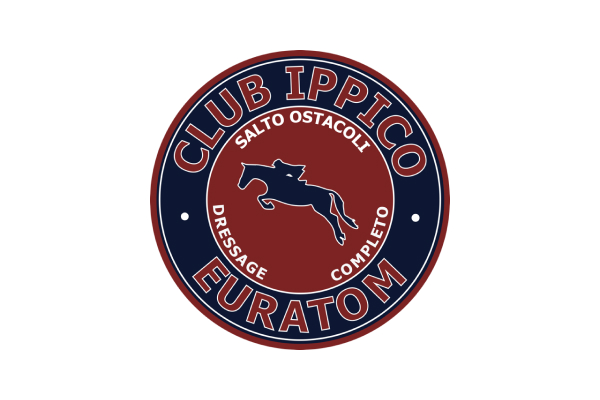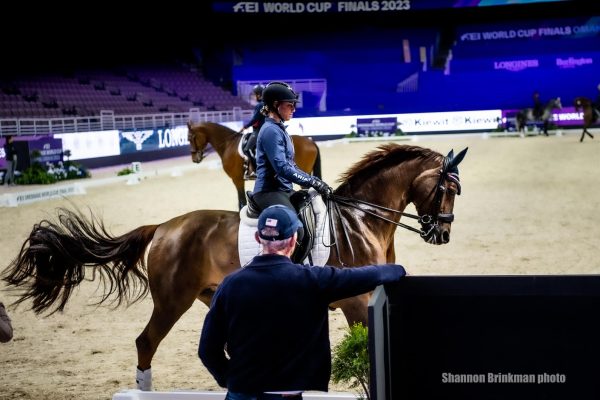
Veterinary: the lameness in a horse, the foot structure.

Another appointment with the column dedicated to veterinary horse lameness written by Dr. Vittorio Meschia. Here we will carefully analyse the foot.The toe anatomy is composed of the first, second and third phalanges and navicular bone.
Foot surgery is made by the second joint, the third phalanx and the navicular.
We deepen a little knowledge of the foot in all its components.
The foot as a whole takes the name of the socket – the socket has a slightly conical shape and is composed of a wall that covers it entirely, the wall, and a base of an oval shape which is called the sole.
The socket is covered with a hard-elastic fabric: the nail that stands out to the eye in dark nail (most hard and resistant) and clear nail (softer and more elastic).THE WALL
The wall is divided into tip, breasts, quarters and heels.
It is bounded at the top by the labrum, in the plantar distal from the rim, a meeting point between the hoof wall and sole.
The wall should be smooth, without bristles and hoops.
The nail is hygroscopic, that is affected by humidity conditions.
To ensure good compaction and resilience during periods of high humidity, have to grease the foot before work so that it is impervious to water, while in the dry season must first wet and then get fat, because with the heat there is no leakage humidity.SOLE
The sole is the wall facing towards the ground. The elements of the sole are the frog with its shortcomings, the bars, the two wings and the body of the sole. The sole as a whole has a width and a length.THE FROG
The frog has two claws V-shaped with the tip pointing towards the center of elastic tissue that must be compact, of discreet height and thickness.
In the middle of the branches is a sinking or gap median wide enough but not too deep.
On the sides of the branches there are two wider and shallower depressions that are called lateral gaps.
The gap in median and the side allow the opening of the branches of the frog.
On either side of the gap side there are the bars or props.
The bars are the parts of the rim plantar flexed, they must be very elastic fabric and have a height in precise relationship with the height of the wall at the tip.The plinth is a complex structure and performs many functions:
1 – absorb the shock of the impact of the weight of the horse with the ground (damping power).
2- provide traction effect in motion.
3- contribute to the return of venous blood to the heart
4- resist the wear and tear of the walls
5- protecting the third phalanx (the last segment of the foot bone content in the base) and the delicate internal structures.from: The Horse Lameness, Dr. Vittorio Meschia




